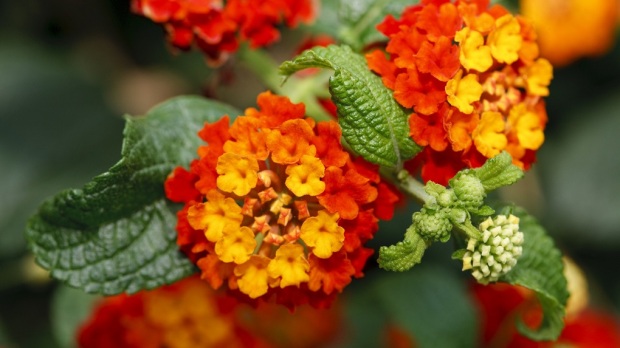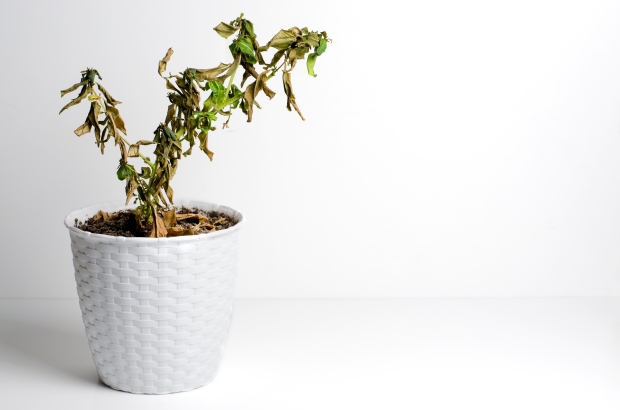Why Do Plants Drop Their Leaves?
Indoor plants lose their leaves for a variety of reasons. Some, like those in the ficus family and fiddleleaf figs, are notorious for dropping their leaves at the hint of stress. This can be caused by sudden changes in lighting, temperature, water levels and more. Here’s a closer look at the most common factors.
Moving Locations
Moving a potted plant is one of the most stressful changes it can undergo, especially if the transition is from indoors to outdoors. At its new location, a plant will likely experience different temperatures and sun exposure, as well as changes in wind that might affect how fast water in the soil evaporates.
These changes can trigger a stress response where the plant drops its leaves. Thankfully, the impacts tend to be short-lived. Within a few weeks, the plant should adjust to its new surroundings.

Lighting Changes
Seasonal lighting changes can cause leaf drop, especially when a plant gets less daily sunlight in the winter months than it’s used to in the summer. You can help prevent this loss of leaves by moving the plant to a brighter space or adding some grow lights to supplement what it’s getting naturally.

Inconsistent Watering
Inadequate water is a leading cause of stress for houseplants. Unfortunately, leaf drop can be caused by both overwatering and underwatering, meaning that diagnosing the problem can be challenging if you’re new to houseplants.
A hint: Yellowing leaves are a sign of overwatering, while drooping stems often mean things are too dry.

Keep your watering schedule consistent by feeling the soil every few days with your fingers and only watering when it’s dry a centimeter or two below the soil line. Likewise, use room temperature water to not shock the roots.
In the same way, inconsistent humidity levels can cause leaf drop in sensitive plants like gardenias. Keep plants protected from drafts and potentially close to a humidifier to keep the moisture levels up.
Temperature Changes
Many houseplants, especially tropical varieties, are sensitive to cold temperatures. Plants along windowsills are especially prone to problems, as the glass can keep them several degrees colder than other parts of the room. Consider moving sensitive plants away from windowsills on the coldest days to reduce stress and prevent leaf drop.
Physical Damage
Is your houseplant in a high-traffic area? If so, people and even pets may accidentally brush against it and cause leaves to fall. A clear sign is if damaged stems and leaves fall only in specific areas. Consider moving vulnerable plants to lower-traffic locations or putting them up higher where they are less likely to get bumped.

Nutrient Deficiency
A starving plant will drop its leaves in an attempt to conserve energy and save itself. Common signs of a nutrient deficiency include leaves that lighten before turning yellow and falling off. A dose of houseplant fertilizer often solves the problem — just make sure you follow the instructions carefully to get the ratio right.
Container Sizing
Too little space can stress plants by cramping the roots and can lead to leaf drop. Consider transplanting to a larger pot if you believe your plant has outgrown its container.

Pests and Disease
While this cause is uncommon for houseplants, pests and disease problems may lead to leaf drop in the long run. Sap-sucking insects like spider mites and aphids weaken plants over time and can cause entire sections to wither and die off.
Check plant leaves carefully for signs of infection or infestations so you can fight the problem at the first signs of trouble.
